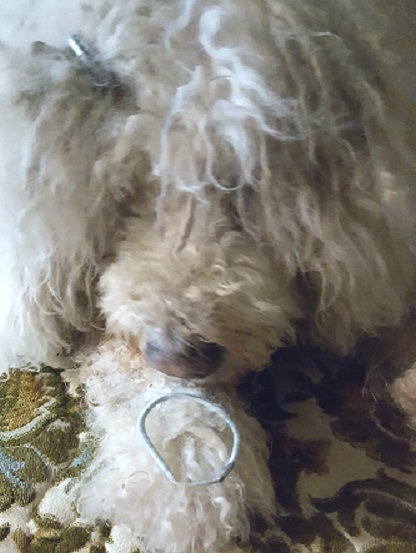Overloading
- Details
- Created: Sunday, 13 January 2019 09:37

So what is balance? I can stand balanced in a really awkward position, twisted, hunched over, head turned, while standing on one foot. (I demonstrate this sometimes, so if you don’t want to do it, just picture me acting a fool.) Basically if I don’t fall down, I’m balanced, right? But, that takes muscular effort greater than what is needed for neutral balance which is what I have when standing in perfect posture. In the awkward position, I will fatigue more quickly than I would standing straight. Try it. It’s a time consuming experiment. Neutral balance is the most efficient. In terms of bio-tensegrity, tension of soft tissue is creating structural integrity both statically (standing still) and dynamically (during locomotion). “Essentially, tension is always trying to reduce itself to a minimum and form a straight line, which is one of the most important factors in the self-balancing ability of tensegrities.” (Graham Scarr “Biotensegrity, The Structural Basis of Life”.)
Let’s apply it to walking because no living horse or rider is static, we just use statics to introduce concepts that grow exponentially in complexity some with motion, especially when you try to describe them with math. You can walk twisted and bent over and limping without falling down. That’s balance because you didn’t fall down. But it’s not neutral balance, it’s quite lame, and you will tire more quickly because it’s not efficient – because it requires extra muscular work. If you moved that way for an extended time, you would start to develop arthritis somewhere, some muscles will weaken, the muscles maintaining the wonky balance may strengthen and you will eventually get used to walking that way. And you will form new CPG's for this unhealthy motion. (Read about CPG's here.)
The overloading of soft tissue at the attachments to bones leads to cellular signaling that results in the growth of extra bone material in an attempt to strengthen the connection. That’s the arthritis or DJD lesion you see in xrays. Exactly where pathology will form depends on the kinematics, muscular development, and muscle combinations the body chooses as the solution to maintaining balance. This is different from a huge trauma that tears soft tissue or breaks a bone. It’s repetitive stress of the bad variety. (See Mechanics for Equestrians II). There is also repetitive stress of a good variety that will strengthen structures – it involves working the horse at his or her natural cadence. (See Natural Cadence.)
Imbalance in motion will cause imbalanced muscle action which will overload joints – remember, not like an external weight. The overloading that creates much of the lameness related to riding, in any discipline, is too much repetitive imbalanced tension. Overloading that may not look like overloading if you don't understand overloading, but now you do. The opposite of overloading is efficiency. That’s it in a nutshell. With a new perspective, it is possible to see and feel overloading before a gradable lameness is detected through lameness examination. That is the best time to fix it. Even if you don’t have the language to describe it, you feel it. Don’t let anyone tell you there is nothing wrong. All that means is they don’t know how to help, but there is help.

